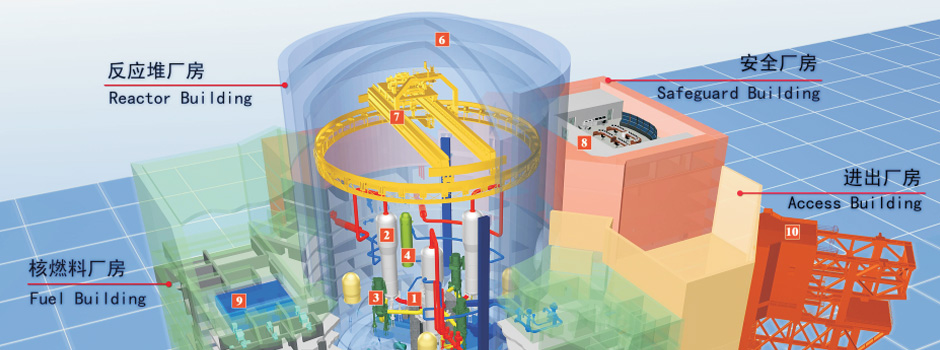I have blogged about the trend among nuclear nations to sell and construct nuclear power reactors in the developing world. Japan, the U.S., France, Russia and China are aggressively marketing and competing for the nuclear export market. Countries like Viet Nam, Pakistan, Bulgaria, Brazil and others are making deals with the nuclear exporters. It appears as if China may have a harder sell than other nuclear technology providers.
China has a very ambitious export plan which could be worth hundreds of billions of dollars. China also has the most ambitious nuclear power reactor building program in the world. With the assistance of foreign companies, China has spent more than thirty years developing its own nuclear reactor design based on foreign reactor designs. Just last month, China signed a preliminary agreement with Argentina for the construction of its domestic Hualong 1 reactor. However, China has not yet built and turned on a Hualong 1 reactor in China. This could be of concern to other countries interested in purchasing nuclear reactors from China.
China has promised to "stick to the highest safety standards in the creation of what are referred to as "third generation" reactors such as the Hualong 1 and the CAP1400 designs. However, a Chinese nuclear expert at the State Nuclear Power Technology Corp said recently that "Our fatal weakness is our management standards are not high enough. There is a big gap with international standards."
The CAP1400 was designed with the assistance of Westinghouse. It is based on the Westinghouse AP1000 reactor. China is working on a test version of the CAP1400 but work has been delayed because of technical problems.
China's first Hualong 1 reactor is currently being planned for construction in Fujian province. If all goes well, it won't be operational until 2020. Licenses for new reactor projects were suspended for a year while China explored the implications of the Fukushima nuclear disaster in 2011.
China is currently consolidating nuclear technology companies to reduce waste and pool intellectual property and financial resources. Following the model it used for its high-speed rail system. After obtaining technology from Western firms, China created a huge domestic high speed rail network and now it is competing with international manufacturers of trains.
One major fear that nuclear technology companies have in the international marketplace is the fear that some national governments will subsidize nuclear technology companies, giving them an unfair advantage in the market. China has stated the intention to aid Chinese nuclear firms in gaining international market share which has aroused the concern of nuclear companies in other countries.
China has arrangements with Argentina, Turkey and South Africa to construct nuclear power reactors. An official of the China National Nuclear Corporation which is working on the Argentinean reactor recently said that China has a "huge amount of work to do" before it can compete seriously in the international nuclear marketplace. China will have to demonstrate that it can build and operate its new reactor designs before other countries will have the confidence to purchase them.
Artist's concept of Hualong-1 nuclear power reactor:
